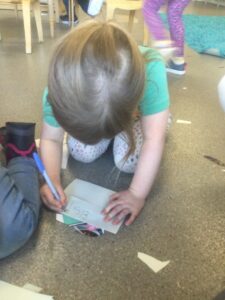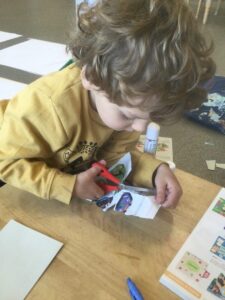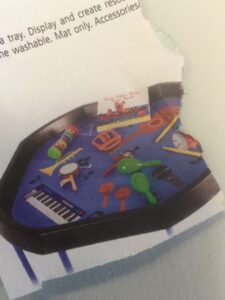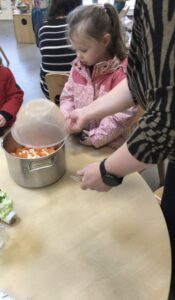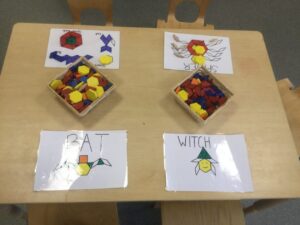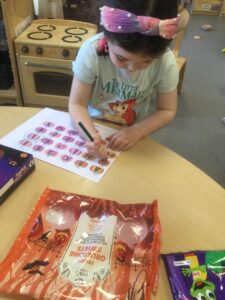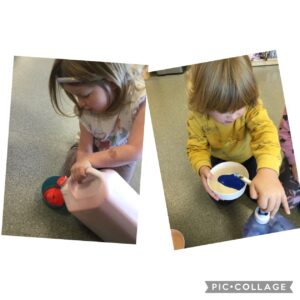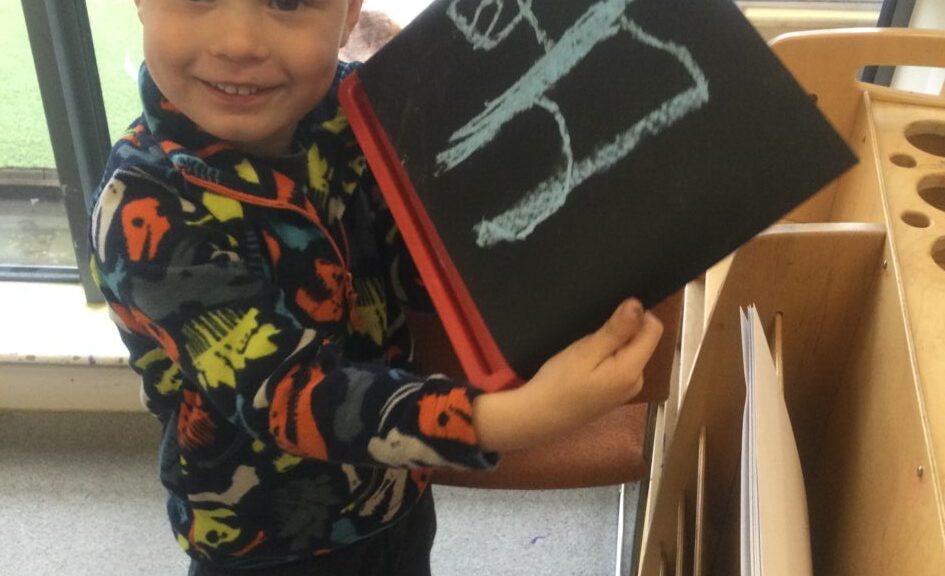As the days grow shorter, there’s no better time to get creative in the kitchen with your little ones. Pumpkin cookies are not only a delicious treat but also a fantastic way to engage our children in hands-on learning. Baking helps develop fine motor skills, introduces basic math concepts, and encourages sensory exploration.
Using a freshly scooped pumpkin, the children removed the seeds and helped prepare it for roasting in the oven. Once it was perfectly cooked, Derek created a deliciously smooth pumpkin puree, ready to be used in our baking.



The first step of the recipe was measuring out all the ingredients. For early years children, this is a great opportunity to develop important math skills. Weighing and measuring help them understand quantities, recognize numbers, and begin to grasp basic concepts of volume and weight. Plus, they love the hands-on experience of using measuring spoons and scales! “We need 100” “2 big spoons”

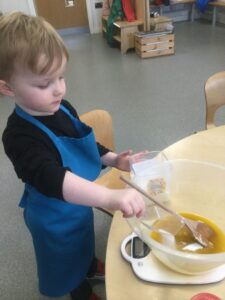



With everything prepped, it was time to mix all the ingredients together, watching as the flour, spices, and pumpkin puree blended into a soft dough. The children took turns mixing and exploring the different textures. We even explored solids becoming liquids by melting the butter. “It’s like soup” “It’s hot”




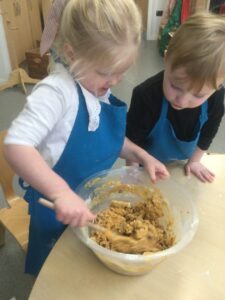
Next, we shaped the dough into small balls, rolling them carefully with our hands, and placed them onto the baking tray, ready to bake in the oven. The excitement grew as the cookies began to take shape and the delicious smell of pumpkin filled the room!

All ready, look at our fantastic cookies snack 😃

Check out our easy recipe below and enjoy a sweet, memorable autumn activity with your little ones!
110g room temperature butter
(dairy free or regular)
165 g light brown sugar
100 g white sugar
120g pure pumpkin puree
2 teaspoons vanilla extract
270g gluten free all purpose baking flour
1 teaspoon baking soda
2.5 teaspoons pumpkin pie spice
0.25 teaspoon cinnamon
0.25 teaspoon salt
60 g chocolate chips
Article 1
Everyone under 18 has all these rights.
Article 28
You have the right to education.






